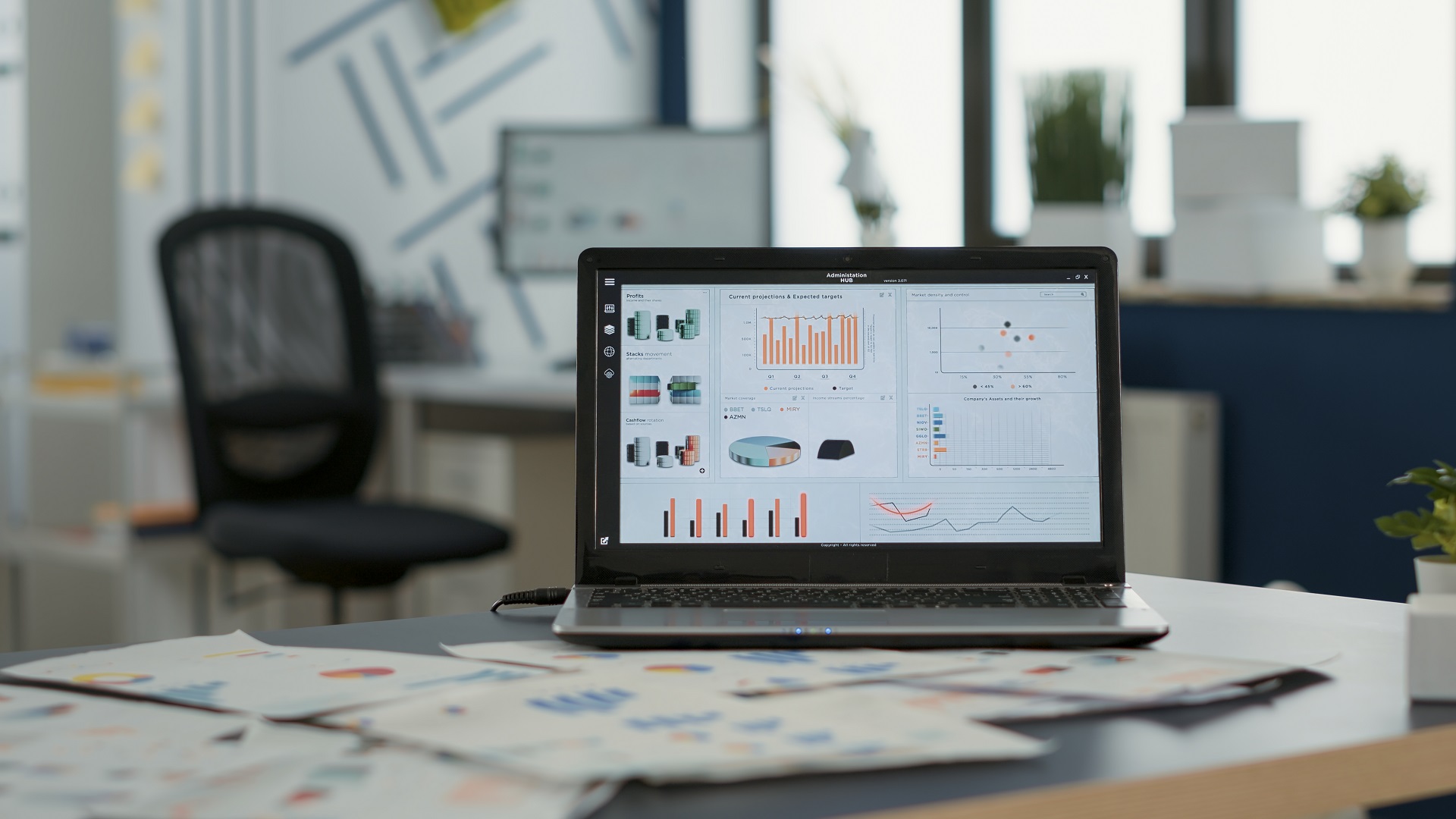As enterprises scale, many of them become curious about streamlining and automating certain parts of their business. However, as you explore these opportunities, you quickly find yourself confronted with lots of technical terms, like enterprise resource planning (ERP) and material requirements planning (MRP) in the business software market. And even if you know what it’s all about, it can often still be difficult to identify the right solution for your own company in a vast sea of providers.
Navigating ERP and MRP software is comparable to choosing between two types of vehicles. MRP is your slick, efficient motorbike designed for crossroads and crossroads only. In the other corner, you’ve got ERP, a robust, overlanding SUV, made to tackle a wide range of terrains and give you a place to live on the road.
So let’s discuss what factors to consider when deciding between those systems. Here, we cover the key technical differences and explore real-world examples to help you identify the best suited software for your business.
MRP, ERP or Both? Which One Is Right for You? We’ll Help You Decide.
Even though they sound similar, ERP and MRP software serve very different purposes and feature scopes. At the same time, ERP solutions often include MRP functionality, and some software vendors often use the term interchangeably, which can blur the line between the two terms during your research. Also, some MRP solutions will include basic accounting functionality while some integrate into ERP systems for accounting. This makes differentiating between MRP and ERP systems very confusing.
Put simply, an ERP system is like the control room of your entire enterprise. It gradually tries to map your business process and optimize all its resources. To achieve that, it usually includes accounting, sales and purchase order processing, inventory, manufacturing, service, CRM and project accounting as well as many third-party solutions to extend its primary capabilities. For instance, Microsoft Dynamics 365 Business Central comes with a full suite of ERP functionality, which can be expanded with their CRM solutions and third-party, integrated solution vendors from Microsoft AppSource.
An MRP system, on the other hand, serves a more narrow niche. Through its targeted feature set, it aims to document and streamline your manufacturing, purchasing and inventory operations. So, it will certainly have features comparable to the supply chain management in Microsoft Dynamics 365, but also include more detailed functions specific to manufacturing businesses.
Not to confuse matters, but sometimes companies utilizing an ERP system will also implement a third-party MRP, Demand Planning or Advanced Planning & Scheduling (APS) solution if the base functionality in the ERP system doesn’t fulfill their business requirements.
Read the article in full here.
Sign up today for a free Essential Membership to Automation Alley to keep your finger on the pulse of digital transformation in Michigan and beyond.
Tom Kelly is a globally recognized expert on Industry 4.0 and its impact on business. As executive director and CEO of Automation Alley, a Michigan-based nonprofit Industry 4.0 knowledge center with a global outlook and a regional focus, Tom is often tapped to share his visionary leadership and expertise around digital transformation. As executive director and CEO, Tom has been instrumental to the success of Automation Alley’s Industry 4.0 initiatives, designed to help businesses jumpstart or accelerate a digital path to strategic success, including Integr8, the global Industry 4.0 conference; the 3D printing network Project DIAMOnD; and the formation of the World Economic Forum’s U.S. Centre for Advanced Manufacturing. Tom serves as co-chair to the World Economic Forum’s Global Network of Advanced Manufacturing Hubs and is a member of the Additive Manufacturing Coalition Steering Committee, Fraunhofer Technology Advisory Board, JAMA Board, and Michigan Manufacturing Technology Center Board.




